Category used for resources with files referenced from the migrated articles, or other file resources that are usually referenced and not necessarily listed under /resources
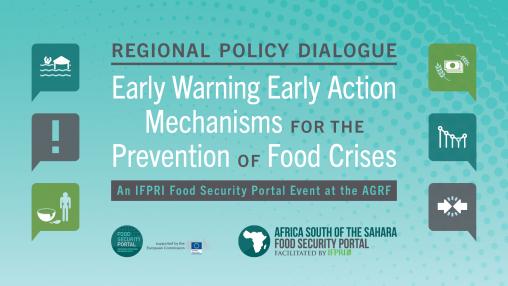
Regional Policy Dialogue on Early Warning Early Action Mechanisms
Regional Policy Dialogue on Early Warning Early Action Mechanisms for the Prevention of Food Crises
Accra, Ghana 5 September 2019 from 10:30 am – 1:00 pm
Register on our Facebook event page to watch the livestream.
Background
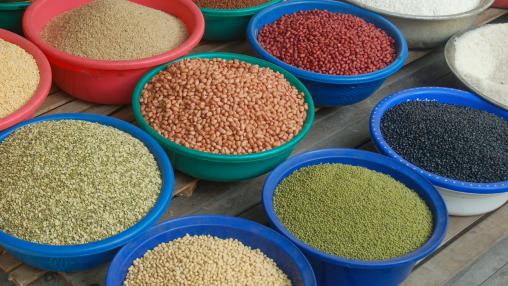
Crop Losses in Southern Africa due to Drought and Flooding
Southern Africa faced widespread drought from the October 2018 to March 2019 rainy season, with less than 55 percent of normal rainfall totals, alerts FEWS. The 2018-2019 rainfall began a month late, triggering extended dry spells between January and March. The historically low rainfall totals affected areas of Botswana, northern Zimbabwe, eastern Namibia, southern Angola, and the surplus producing areas of northern South Africa and southern Zambia, and registered a D3 (Extreme) or a D4 (Exceptional) drought as per the United States Drought Monitor classification scale.
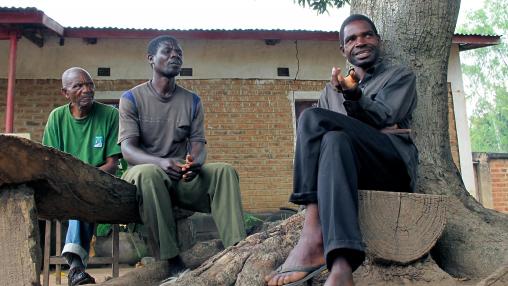
Extension and Productivity in Malawi
This blog was originally published by IFPRI .
By Catherine Ragasa and John Mazunda (IFPRI)
Malawi’s agricultural policy is coming up short for farmers. While they receive heavy subsidies for seed and fertilizer, farmers continue to grapple with challenges to food security and productivity. Our recent research examines these gaps in Malawian agricultural policy, focusing on these questions: How can agricultural services best help farmers? And where is the ideal intersection of subsidies and extension services?
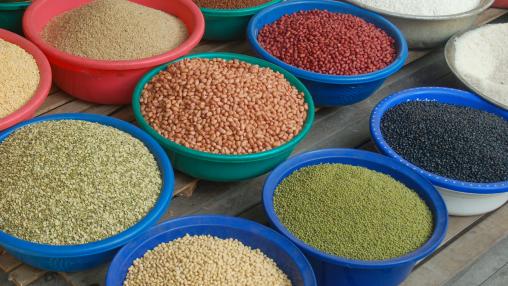
Reducing Food Loss in Africa South of the Sahara
In developing regions like Africa south of the Sahara, a significant amount of food produced is lost during the pre-harvest, harvest, and post-harvest stages of the agricultural value chain. Such losses present a significant challenge for poverty reduction and food security because they both lower producers’ incomes and raise food prices for consumers. In addition, inefficiencies in the global food system, like food loss during production and processing, make that system much less environmentally sustainable by wasting scarce natural resources.
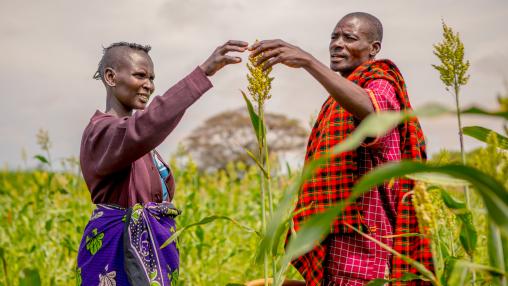
Better Health for Better Productivity
Burkina Faso faces persistent high morbidity rates due to malaria, respiratory infections, malnutrition, diarrheic diseases, and HIV/AIDS, according to the country’s Ministry of Health. These health burdens can negatively impact the agricultural labor productivity of rural households by reducing both available labor and farming know-how.
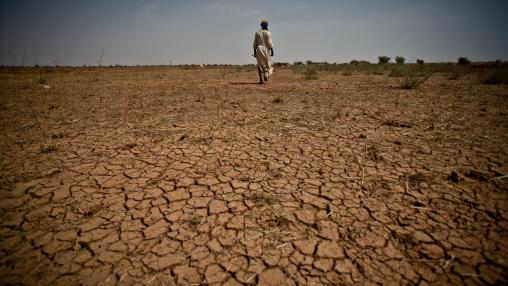
El Niño-Driven Drought Continues to Threaten Livelihoods, Food Security throughout Southern Africa
South Africa is in the throes of the worst drought in 30 years, according to a recent BBC article . Driven by the on-going El Niño cycle , below average rainfall and above average temperatures have limited crop development and water availability throughout the region.
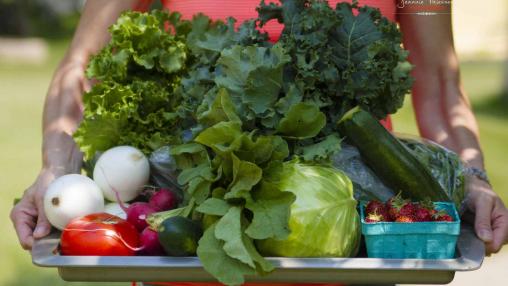
Using Nutrition Incentives to Enhance Business
Contract farming arrangements are becoming increasingly popular in developing countries. These arrangements, in which farmers agree to produce a given amount of a product and buyers agree to buy that amount, can help improve smallholders’ access to markets and credit opportunities. However, in reality, contract farming arrangements can be plagued with problems – farmers may renege on the agreement if they believe they can get a higher price from a different buyer or market, and buyers may renege because they distrust the quality of the product or the reliability of the farmer.
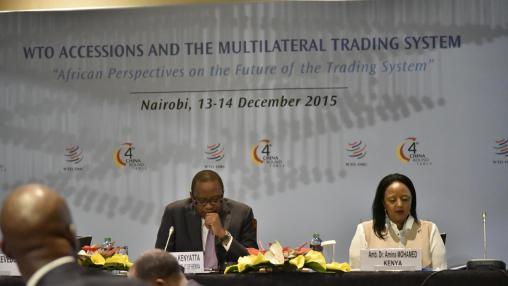
10th WTO Ministerial Focuses on LDCs
The 10 th WTO Ministerial Conference , held in Nairobi, Kenya from December 15-19, concluded with six ministerial decisions of significance for developing countries, particularly LDCs. Four decisions revolve around agricultural trade and require clear commitments for both developed and developing countries; an additional two decisions focus solely on benefits for LDCs. Despite what some are calling a “historic” trade package, however, the future of the WTO’s Doha Development Agenda remains uncertain.
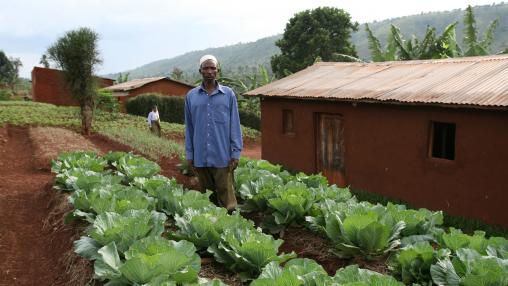
Clone of Upcoming Virtual Dialogue: Constraints and Opportunities for Fertilizer Use
In 2006, the African Union Special Summit of the Heads of State and Government, adopted the 12-Resolution “ Abuja Declaration on Fertilizer for the African Green Revolution” , which aimed to increase Africa’s fertilizer use from the then-average 8kg per hectare to 50kg per hectare by 2015. According to the International Fertilizer Industry Association, however, average fertilizer use in the region today is still only 12kg of fertilizer per hectare, compared to 150kg per hectare average in Asia.
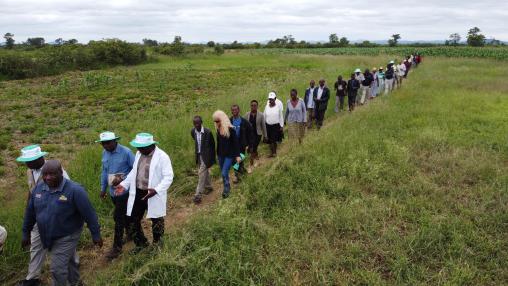
Encouraging Inclusive Growth
Africa saw strong economic growth between 2001 and 2010, averaging 5.3 percent, but that growth has often not reached poor rural populations. As the sector that supports the livelihoods of 90 percent of Africa’s population and employs 70 percent of the region’s poorest communities, agriculture stands to play an enormous role in increasing sustainable, inclusive economic growth on the continent.